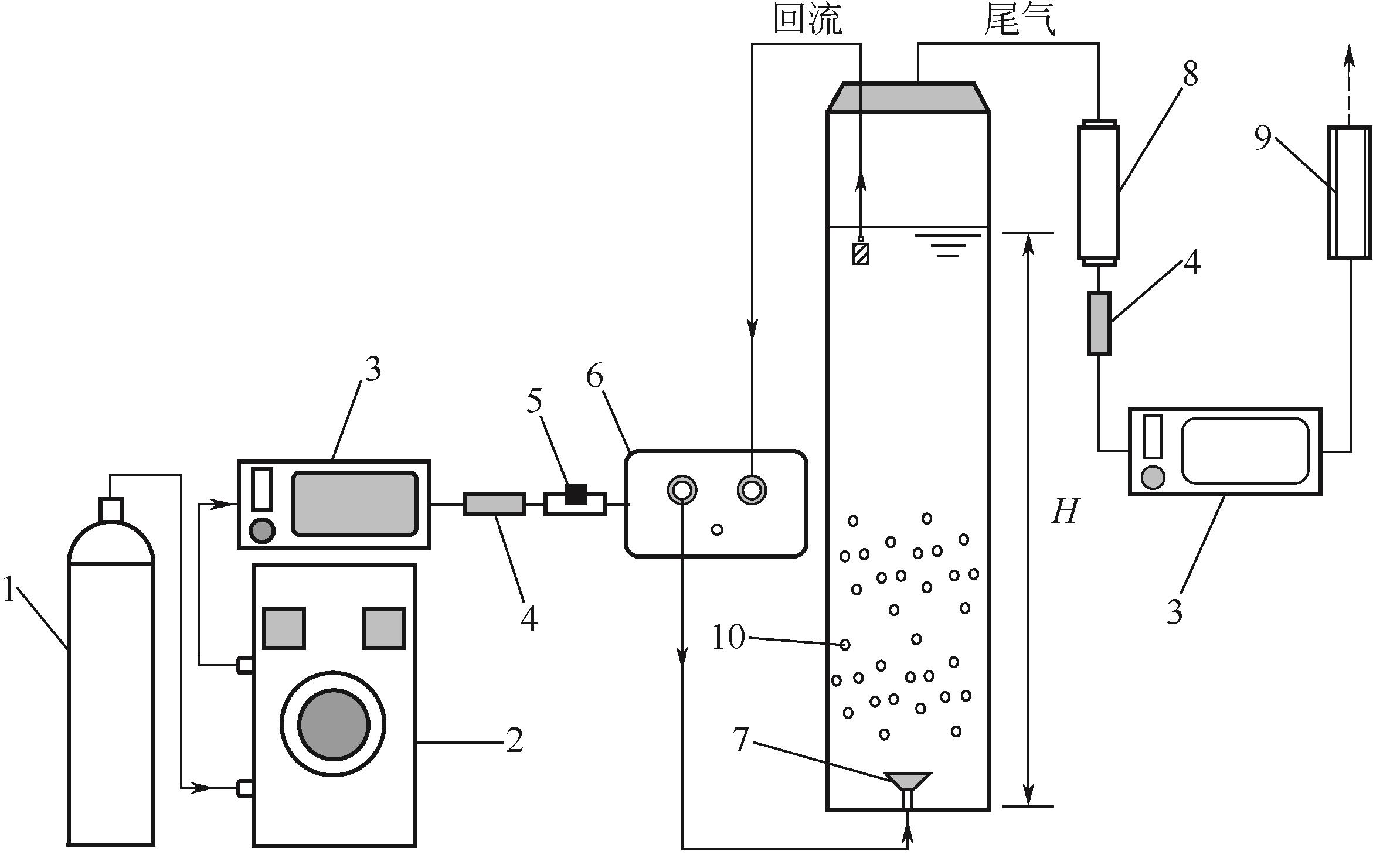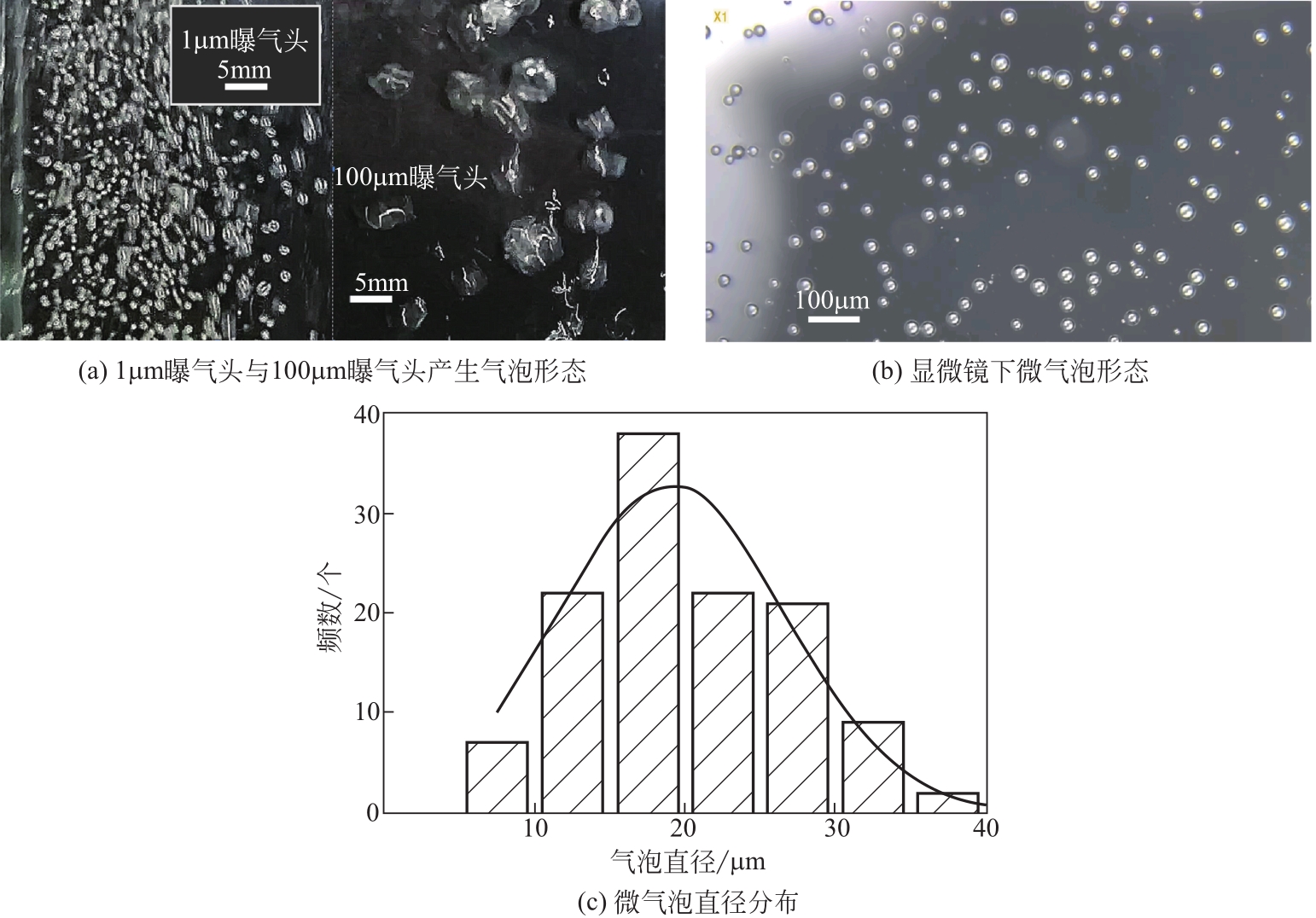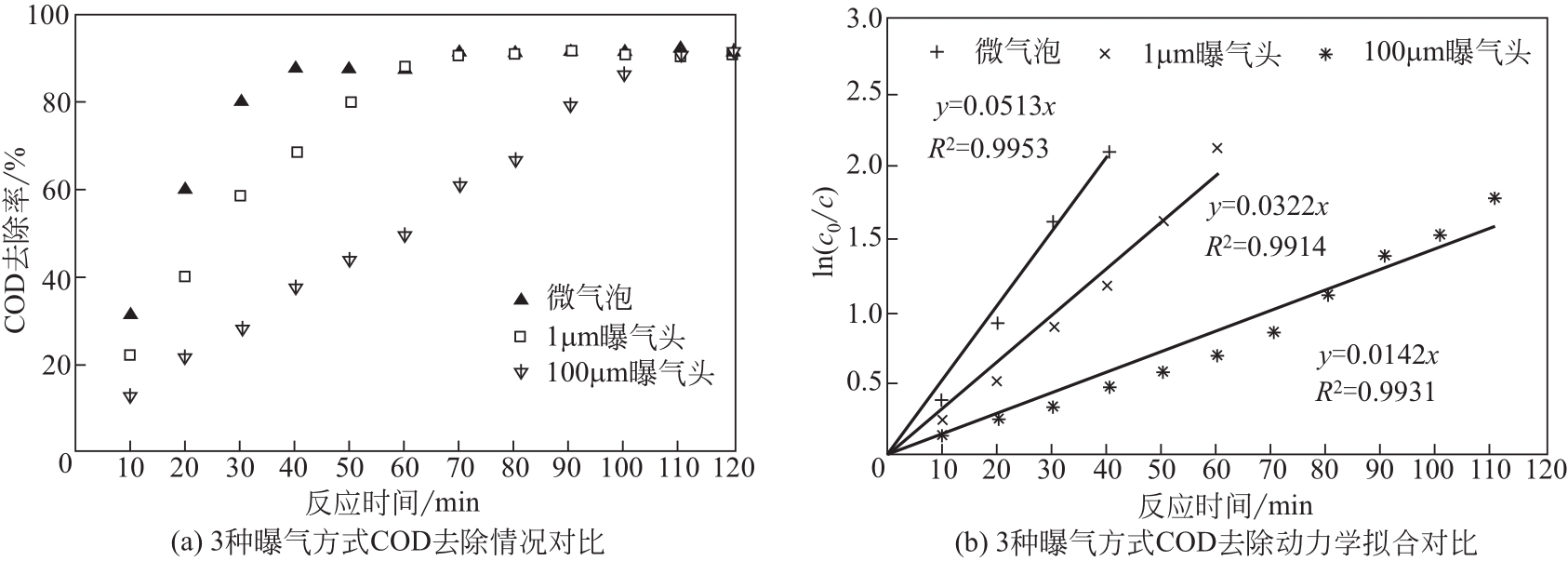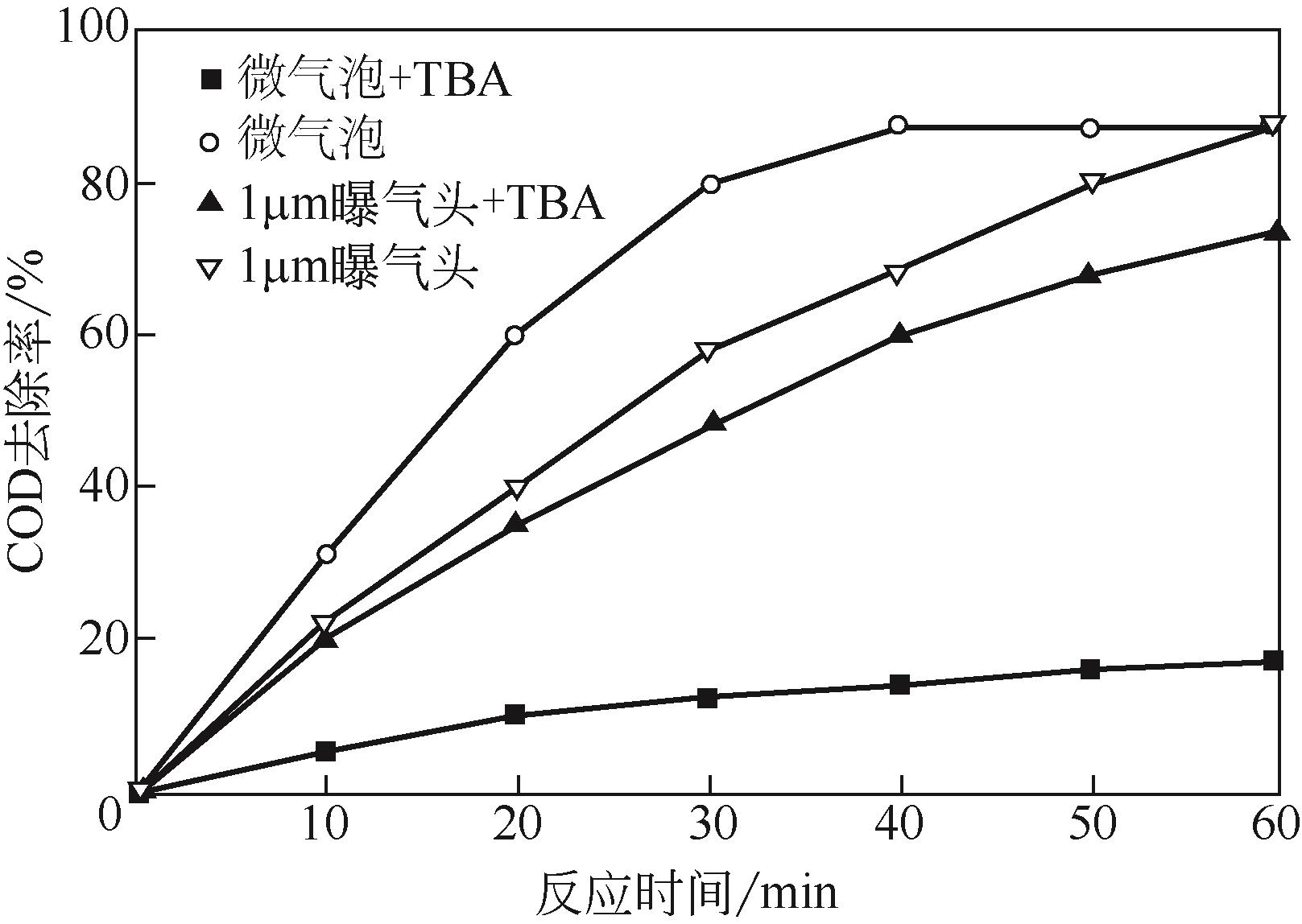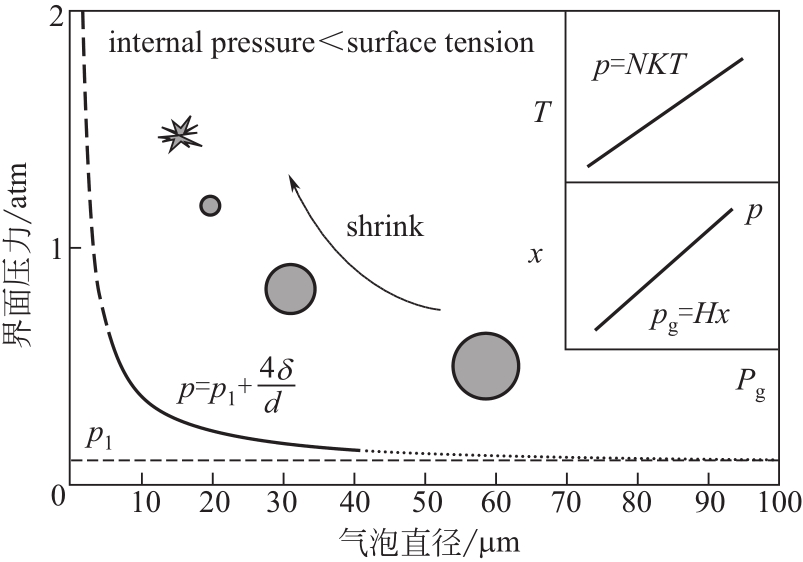| 1 |
FU L Y, WU C Y, ZHOU Y X, et al. Treatment of petrochemical secondary effluent by an up-flow biological aerated filter (BAF)[J]. Water Science and Technology, 2016, 73(8): 2031-2038.
|
| 2 |
WU C, LI Y, ZHOU Y, et al. Upgrading the Chinese biggest petrochemical wastewater treatment plant: technologies research and full scale application[J]. The Science of the Total Environment, 2018, 633: 189-197.
|
| 3 |
ASGHAR A, ABDUL RAMAN A A, WAN DAUD W M A. Advanced oxidation processes for in situ production of hydrogen peroxide/hydroxyl radical for textile wastewater treatment: a review[J]. Journal of Cleaner Production, 2015, 87: 826-838.
|
| 4 |
HAJIHASHEMI S, MBARKI S, SKALICKY M, et al. Effect of wastewater irrigation on photosynthesis, growth, and anatomical features of two wheat cultivars[J]. Water, 2020, 12(2): 607.
|
| 5 |
MIRZAEI A, CHEN Z, HAGHIGHAT F, et al. Removal of pharmaceuticals from water by homo/heterogonous Fenton-type processes - a review[J]. Chemosphere, 2017, 174:665-688.
|
| 6 |
CHEN C M, LI Y, MA W F, et al. Mn-Fe-Mg-Ce loaded Al2O3 catalyzed ozonation for mineralization of refractory organic chemicals in petroleum refinery wastewater[J]. Separation and Purification Technology, 2017, 183: 1-10.
|
| 7 |
SHANGGUAN Y F, YU S L, GONG C, et al. A review of microbubble and its applications in ozonation[J]. IOP Conference, 2018, 128: 012149.
|
| 8 |
XIA Z R, HU L M. Treatment of organics contaminated wastewater by ozone micro-nano-bubbles[J]. Water, 2018, 11(1): 55.
|
| 9 |
WATERS K E, HADLER K, CILLIERS J J. The flotation of fine particles using charged microbubbles[J]. Minerals Engineering, 2008, 21(12/13/14): 918-923.
|
| 10 |
TAMAKI M, IKEURA H, ENMEI N. Growth response of hydroponic leaf lettuce and komatsuna to ozone microbubble treatment[J]. Journal of Plant Nutrition, 2020, 43(10): 1369-1377.
|
| 11 |
BREDWELL M D, WORDEN R M. Mass-transfer properties of microbubbles (Ⅰ): experimental studies[J]. Biotechnology Progress, 1998, 14(1): 31-38.
|
| 12 |
张静, 杜亚威, 刘晓静, 等. 臭氧微气泡处理酸性大红3R废水特性研究[J]. 环境科学, 2015, 36(2): 584-589.
|
|
ZHANG J, DU Y W, LIU X J, et al. Characteristics of Acid Red 3R wastewater treatment by ozone microbubbles[J]. Environmental Science, 2015, 36(2): 584-589.
|
| 13 |
PERRINS J C, COOPER W J, LEEUWEN J VAN, et al. Ozonation of seawater from different locations: formation and decay of total residual oxidant — implications for ballast water treatment[J]. Marine Pollution Bulletin, 2006, 52(9): 1023-1033.
|
| 14 |
LEE Y G, PARK Y, LEE G, et al. Enhanced degradation of pharmaceutical compounds by a microbubble ozonation process: effects of temperature, pH, and humic acids[J]. Energies, 2019, 12(22): 4373.
|
| 15 |
GAO Y, DUAN Y T, FAN W, et al. Intensifying ozonation treatment of municipal secondary effluent using a combination of microbubbles and ultraviolet irradiation[J]. Environmental Science and Pollution Research, 2019, 26(21): 21915-21924.
|
| 16 |
BHADRAN V, GOHARZADEH A. Monodispersed microbubble production using modified micro-Venturi bubble generator[J]. AIP Advances, 2020, 10(9): 095306.
|
| 17 |
STOKES G G. Mathematical and physical papers: on the effect of the internal friction of fluids on the motion of pendulums[M]. Cambridge: Cambridge University Press, 2009: 1-10.
|
| 18 |
NISHIJIMA W, SPEITEL G E JR. Fate of biodegradable dissolved organic carbon produced by ozonation on biological activated carbon[J]. Chemosphere, 2004, 56(2): 113-119.
|
| 19 |
WU C, LI P, XIA S J, et al. The role of interface in microbubble ozonation of aromatic compounds[J]. Chemosphere, 2019, 220: 1067-1074.
|
| 20 |
HUANG L L, LI D, LIU J F, et al. Enhanced mass transfer and service time of mesh Ti/Sb-SnO2 electrode for electro-catalytic oxidation of phenol[J]. Environmental Science and Pollution Research, 2020, 27(33): 42072-42081.
|
| 21 |
WANG W T, FAN W, HUO M X, et al. Hydroxyl radical generation and contaminant removal from water by the collapse of microbubbles under different hydrochemical conditions[J]. Water, Air, & Soil Pollution, 2018, 229(3): 1-11.
|
| 22 |
KODA Y, MIYAZAKI T, SATO E, et al. Oxidative decomposition of organic compounds by ozone microbubbles in water[J]. Journal of Photopolymer Science and Technology, 2019, 32(4): 615-618.
|
| 23 |
JABESA A, GHOSH P. Removal of dimethyl phthalate from water by ozone microbubbles[J]. Environmental Technology, 2017, 38(16): 2093-2103.
|
 ), 王勇1,2, 高群丽2, 张耀宗1, 孙晓明1(
), 王勇1,2, 高群丽2, 张耀宗1, 孙晓明1( )
)
 ), WANG Yong1,2, GAO Qunli2, ZHANG Yaozong1, SUN Xiaoming1(
), WANG Yong1,2, GAO Qunli2, ZHANG Yaozong1, SUN Xiaoming1( )
)

